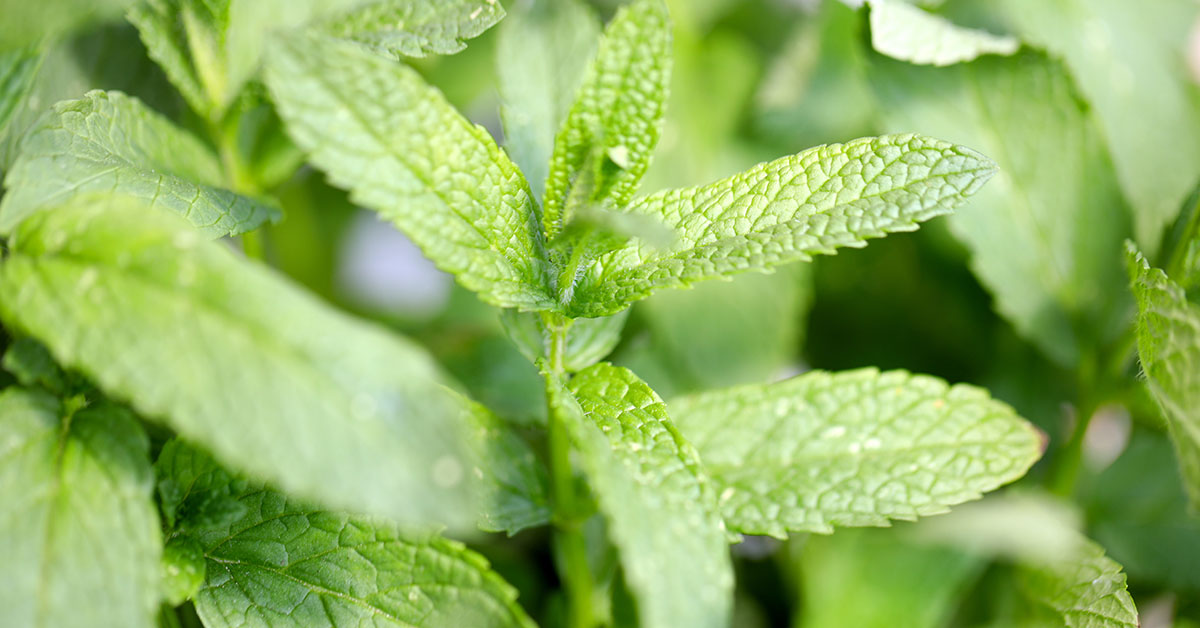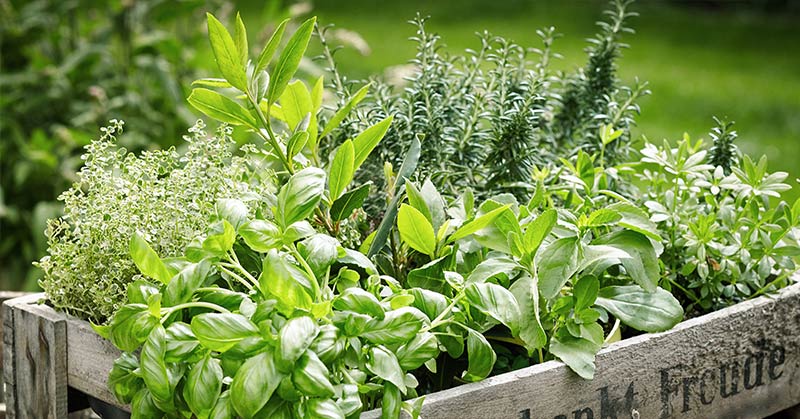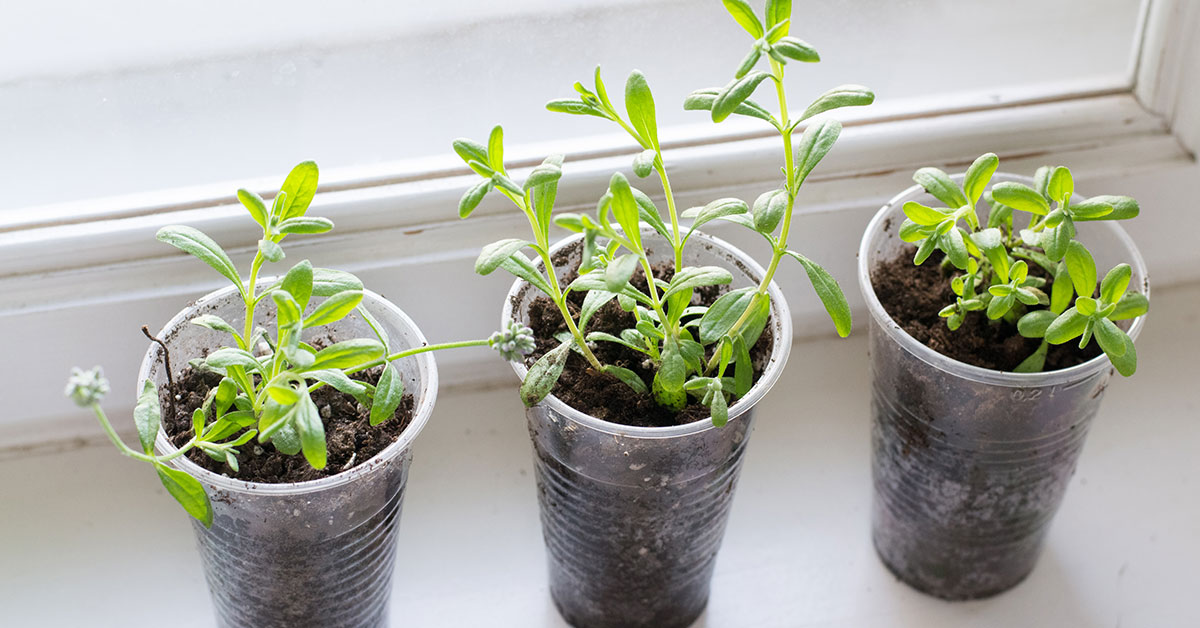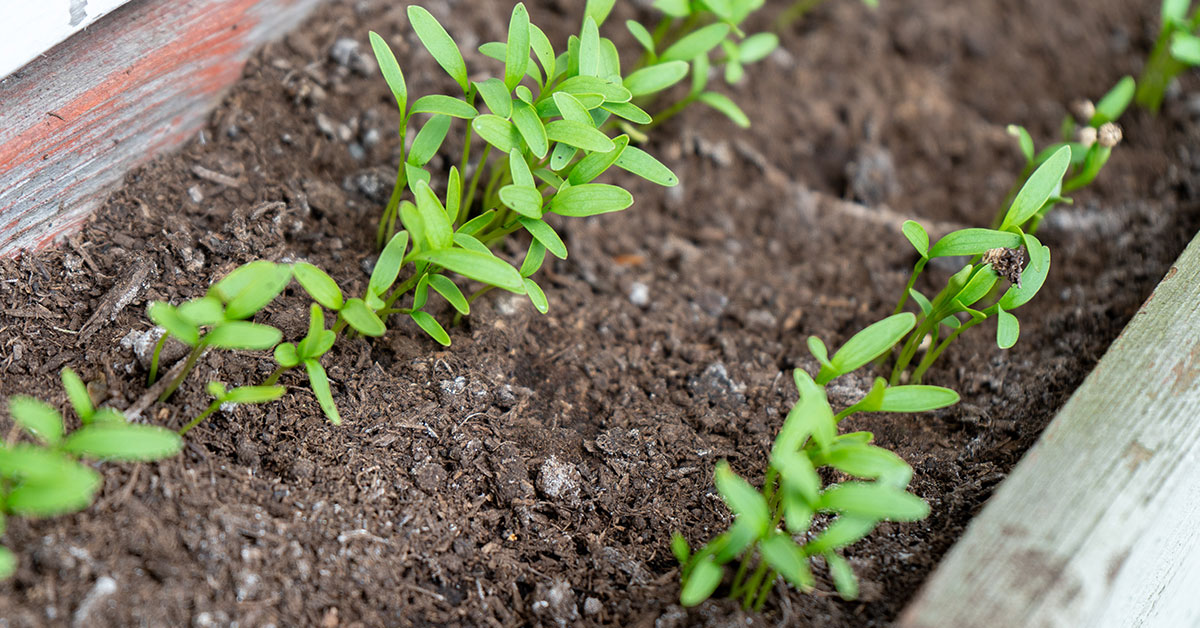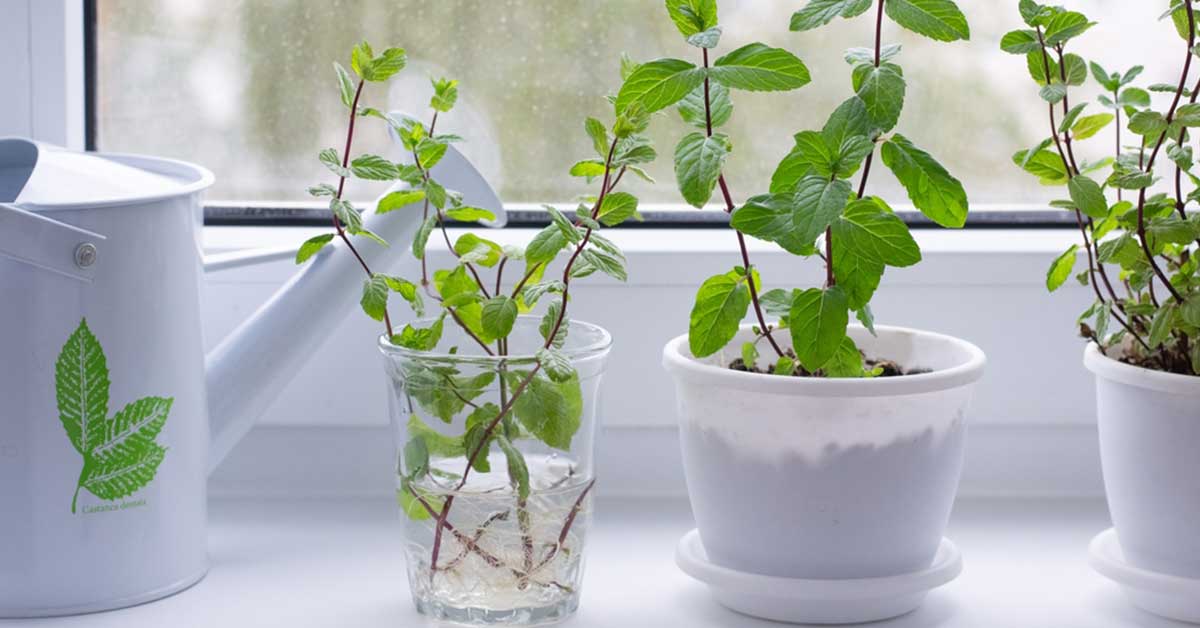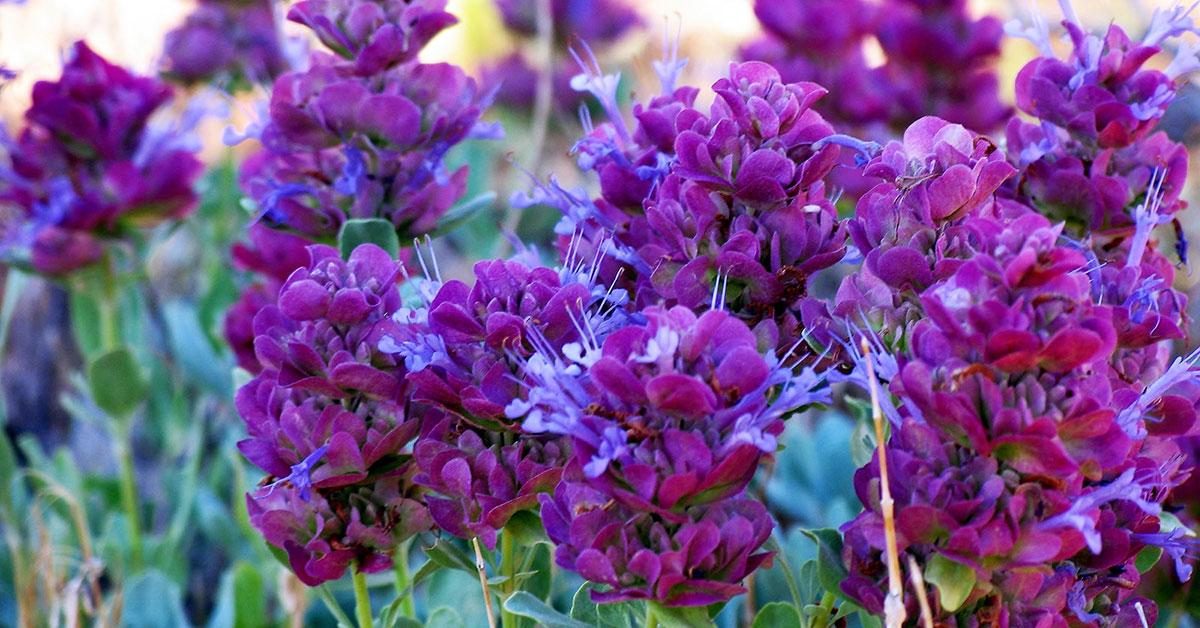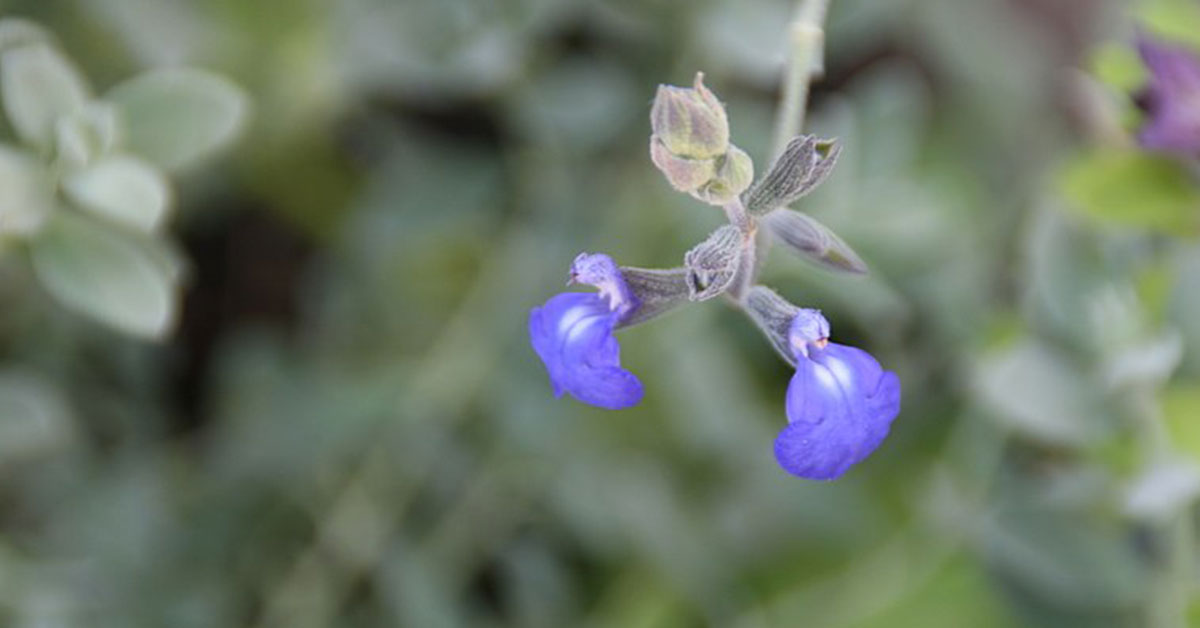Mint is an incredibly versatile herb that can be used for a variety of culinary and medicinal purposes. When growing mint in a garden, it is important to remember that it can spread quickly and can become invasive if not contained. One way to prevent the mint from overtaking a garden is to plant companion plants alongside it. Companion plants not only act as a natural barrier to help keep mint contained, but can also provide additional benefits such as attracting beneficial insects, or improving the flavor or yield of a harvest. We will explore the best companion plants for mint, and how you can use them to create a balanced and productive garden.
Best companion plants for mint
Companion planting certain crops and flowers with mint can help enhance your crop by fixing nutrients in the soil and keeping pests away. One important consideration though is the way mint spreads. Planting mint with other plants is a fool’s errand unless you plan to keep your mint tame. Eventually, mint will take over whatever it’s planted in.
Cauliflower
Cauliflower is a great source of nitrogen, which is essential for healthy mint growth. Additionally, the large leaves of the cauliflower provide natural shade for the mint, which helps to keep it cool and protected from the sun. When planted together, cauliflower and mint make a great team, helping each other to thrive.
Cabbage
This hearty and nutritious vegetable that provides a great base for any garden. Mint is a fragrant herb that not only smells wonderful but also helps to repel garden pests. Combining them in one bed will ensure that your garden is both healthy and pest-free. Cabbage helps to protect the mint from strong winds, while the mint helps to keep away pesky insects. Plus, when these two plants are planted close together, the mint will fill in any empty spaces in the garden bed, making it look more attractive. Cabbage and mint make a great combination, and will be a welcome addition to any garden.
Radish
Radishes help mint by deterring pests. The strong aroma of radish can help to mask the scent of the mint and make it less attractive to pests, including aphids and spider mites. The radish also produces a chemical that helps to repel some pests, making it an effective way to protect the mint from unwanted visitors. Additionally, the radish’s deep root system helps to aerate the soil and bring up nutrients that the mint can benefit from. For gardeners looking for a natural way to protect their mint plants, radish is a great choice.
Kale
Kale is a great companion plant for mint, and it can be an ideal addition to any garden. It is an excellent source of vitamins, minerals, and antioxidants. Mint attracts beneficial insects, such as ladybugs and bees, which can help to protect kale from common pests. Mint also enhances the flavor of kale, and kale helps to keep the mint from spreading too quickly. Growing kale and mint together can help to produce a variety of flavors and textures in a garden, and can provide an easy and delicious way to enjoy both plants.
Carrots
Carrots are a great companion plant for mint due to their complementary characteristics. Both plants are known for their distinct scents and flavors, making them a natural pair. Carrots can help deter pests that may be attracted to the mint, while the mint can provide a layer of protection for the carrots. The two plants also share similar growing requirements, making them a low-maintenance combination that can be planted together in any garden. Carrots also benefit from the extra nitrogen in the soil that is provided by the decomposing mint plants. This helps the carrots grow more vigorously, resulting in a larger harvest. Overall, carrots and mint make a great companion pairing in the garden.
Squash
Squash is another great choice for a companion plant for mint. Mint is an herb that can often take over a garden if left unchecked, so having a companion plant like squash helps to keep the mint in check. Squash plants can provide some shade for mint plants, which helps to keep the mint healthy and thriving. In addition, squash plants help to add a bit of variety to the garden, and they can provide a good source of food for both humans and wildlife. The squash will also help to attract beneficial insects that can help to pollinate and protect the mint plant. All in all, squash is an excellent companion plant for mint.
Peas
Peas are an excellent companion plant for mint. The nitrogen-fixing ability of peas helps to enrich the soil, making it more suitable for growing mint. Additionally, the dense foliage of the peas helps to reduce the number of weeds growing around the mint. Peas also attract beneficial insects, such as bees and ladybugs, which help to pollinate the mint and keep pests away. Finally, the vines of the peas help to climb the mint and provide support, making it easier for the mint to thrive.
Tomatoes
Tomatoes and mint are a great combination to have in any garden. Not only do they look great together, but they also provide complementary benefits to one another. Tomatoes are known to deter aphids and other insects, while mint repels ants, fleas, and other pests. Additionally, tomatoes help to enrich the soil with nitrogen, while mint helps to improve soil drainage. When planted close together, tomatoes and mint can create a beautiful and beneficial garden display.
Eggplants
Eggplants are a great companion plant for mint, as they provide multiple benefits to the garden. By planting eggplants near the mint, they help to repel many pests that might otherwise harm the mint. In addition, the large leaves of the eggplant provide a natural shade for the mint. This shade helps to keep the mint cooler, preventing it from drying out or wilting in the hot sun. The strong scent of the eggplant can also help to mask the scent of the mint, making it less attractive to animals that might otherwise try to eat it. Finally, eggplants are a great source of nutrients for the soil, helping to provide the best environment for the mint to grow.
Lettuce
The strong scent of mint helps to repel many pests, making it a great choice for protecting nearby plants from damage. Lettuce also provides a ground cover, which helps to keep the soil moist and prevents weeds from growing. The two plants together create a perfect balance of shade and sun for optimal plant health. Additionally, the combination of the two creates a beautiful, fragrant garden that can be enjoyed by all.
Bell Peppers
Bell peppers are an excellent companion plant for mint. The tall, upright growth of bell peppers can act as a physical barrier to keep mint from spreading too far, while the peppers’ shallow roots provide an ideal environment for mint to take root. Additionally, the strong scent of bell peppers helps to deter garden pests such as aphids and slugs, which can be a problem for mint. Bell peppers are also known for their high levels of vitamin C, which can help to increase the nutritional value of the mint. With their protective and nutritional benefits, bell peppers make an excellent companion plant for mint.
Brussel Sprouts
Brussel sprouts are an excellent companion plant for mint. Not only do they add greenery and texture to the garden, but their tall stalks can act as a natural barrier. Additionally, they both require similar amounts of water and sun, meaning that they can easily be planted together. The scent of mint is thought to be beneficial for the growth of Brussel sprouts, as it is believed to repel some insects and pests. Planting the two together is an easy way to keep away harmful insects while still having a beautiful and productive garden.
Beets
Beets and mint are a classic garden combination. Not only do they look great together, but they are also beneficial companion plants. Beets help to deter pests like aphids, flea beetles, and cabbage worms that can harm mint plants. Beets also act as a natural fertilizer for mint plants, as their roots help to aerate and loosen the soil. In return, mint helps to repel common beet pests, such as the corn earworm, carrot rust fly, and leafhoppers. Both plants require ample water, so planting them together is a great idea for gardeners who want to conserve water. Mint can also help beets grow faster and larger due to its ability to increase the available nitrogen in the soil. This makes them a perfect pair for gardeners who want to maximize their garden’s potential.
